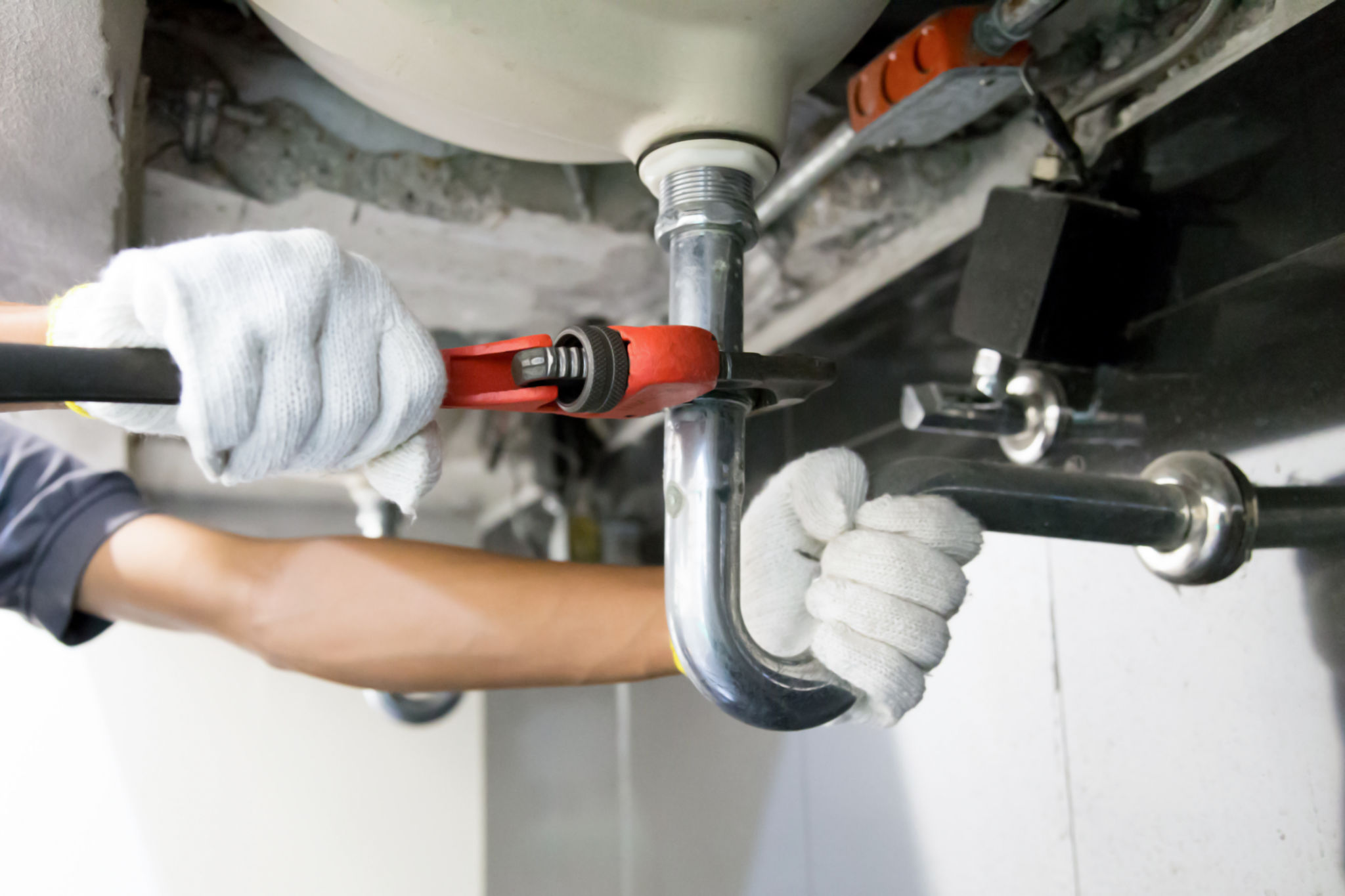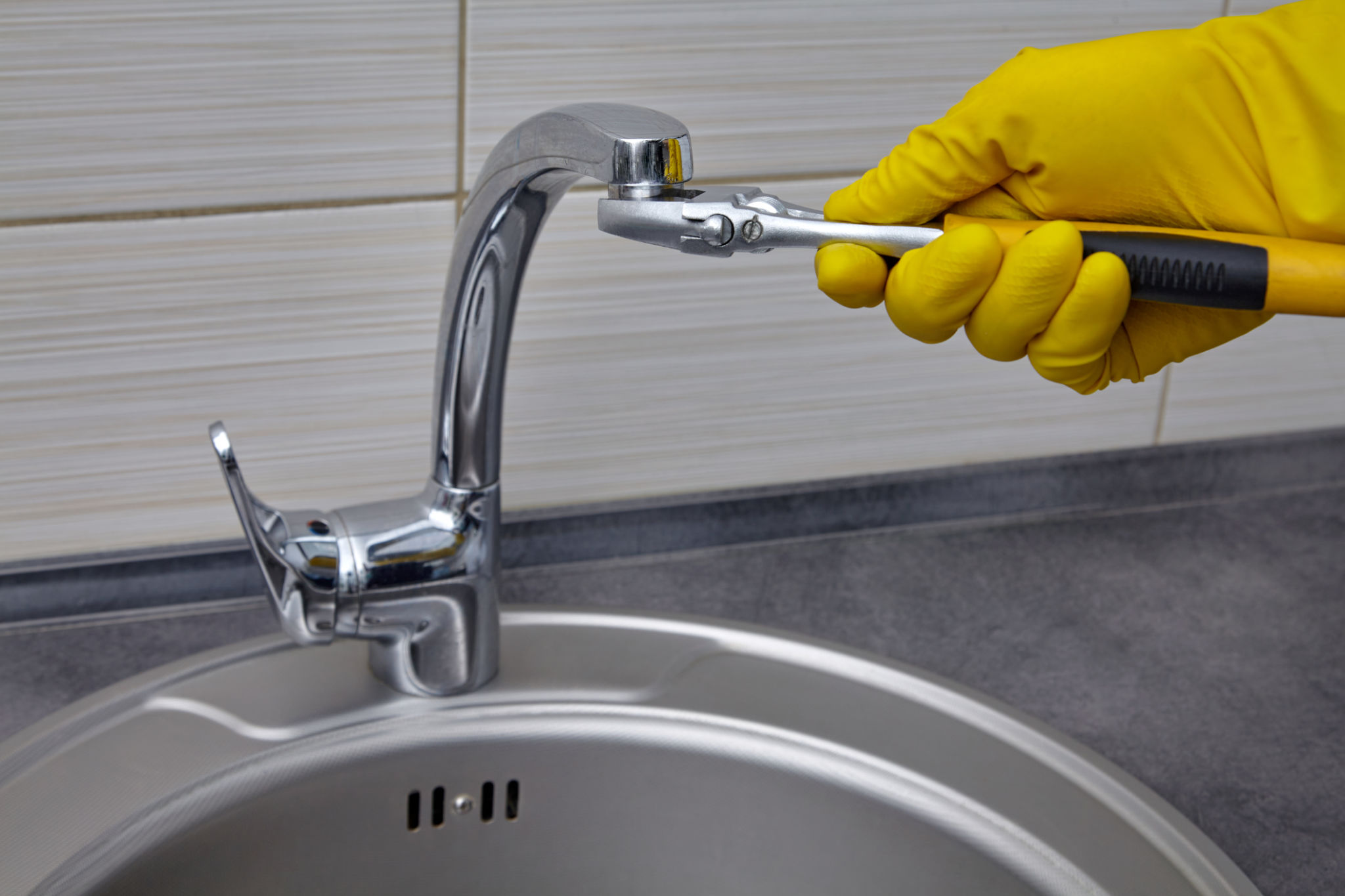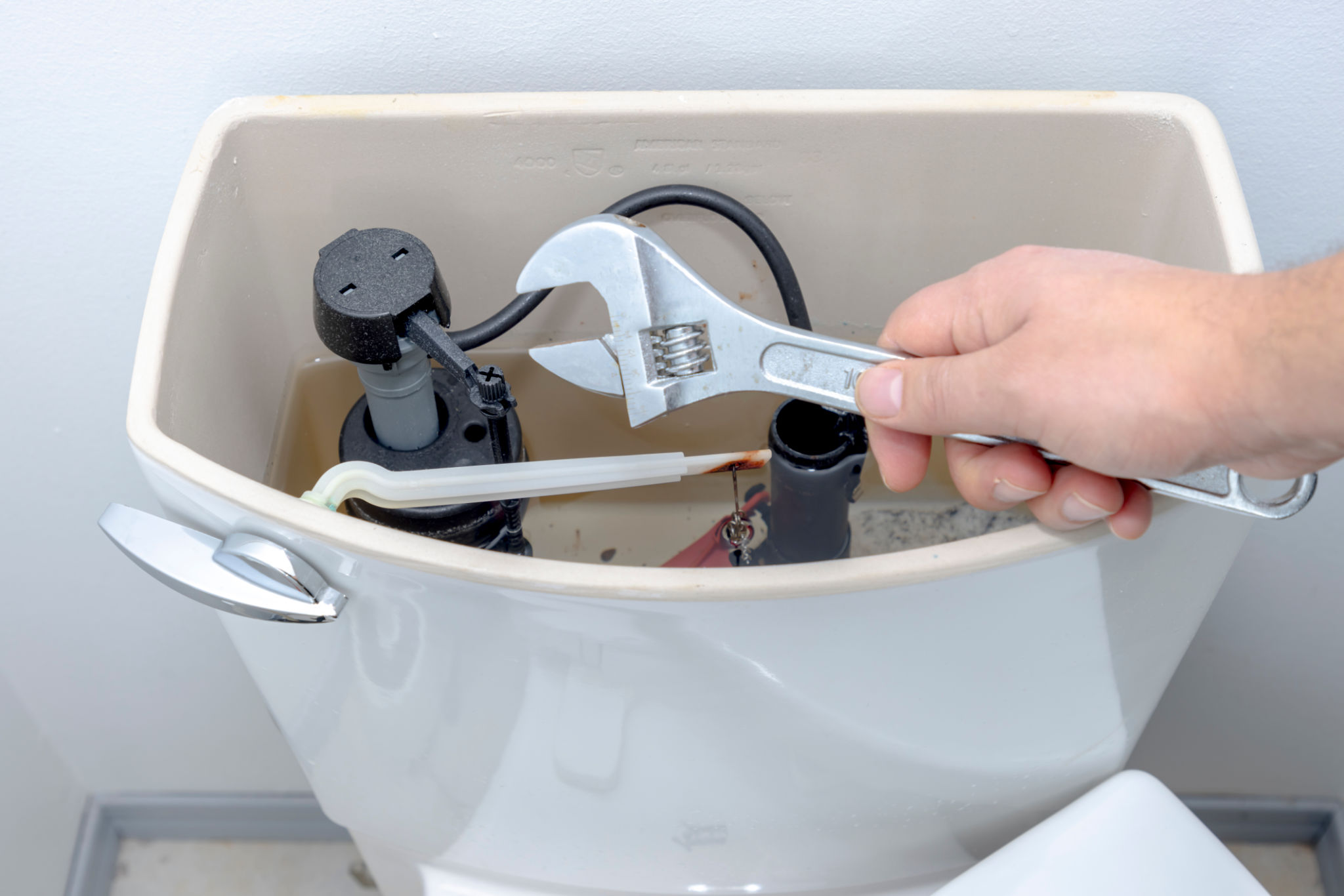DIY Plumbing Fixes: What You Can Do Before Calling a Pro
HS
Understanding the Basics of DIY Plumbing
Plumbing issues can be daunting, but there are many fixes you can attempt before calling in a professional. Not only can this save you money, but it also empowers you to handle minor problems confidently. Understanding the basics of plumbing tools and techniques can make a big difference.

Before diving into any project, ensure that you have the essential tools at hand. A plunger, adjustable wrench, plumber's tape, and a drain snake are valuable additions to any DIY toolkit. With these tools, you'll be well-prepared to tackle common plumbing issues around the house.
Dealing with Clogged Drains
One of the most frequent plumbing problems homeowners face is a clogged drain. Whether it's in the kitchen or the bathroom, a clogged drain can be a real nuisance. Fortunately, there are several steps you can take to address this issue yourself.
Using a Plunger
The first line of defense against a clogged drain is often a plunger. Be sure to use the correct type of plunger for the job—cup plungers work best on sinks and tubs, while flange plungers are suitable for toilets. Apply firm pressure and repeat several times to dislodge the blockage.
Using Baking Soda and Vinegar
If plunging doesn't work, try a natural solution using baking soda and vinegar. Pour half a cup of baking soda followed by half a cup of vinegar down the drain. Let it sit for about 15 minutes, then flush with hot water. This mixture can help break down minor blockages without harsh chemicals.
Fixing Leaky Faucets
A leaky faucet is not only annoying but can also lead to increased water bills. Most leaks are caused by worn-out washers or seals, which are relatively easy to replace. First, turn off the water supply and remove the faucet handle to access the internal parts.

Inspect the washer and O-ring for signs of wear and tear. These components are inexpensive and can be found at most hardware stores. Replace any damaged parts and reassemble the faucet to stop the leak.
Resolving Running Toilets
A running toilet can waste a significant amount of water if left unattended. The problem often lies with the flapper valve or the fill valve inside the tank. Begin by removing the tank lid and inspecting these components for damage or misalignment.
Adjusting the Flapper Valve
If the flapper valve is not sealing properly, adjust its chain length or replace it if it's worn out. Sometimes, sediment build-up can prevent a proper seal, so cleaning the area around the valve may help.

Checking the Fill Valve
If adjusting the flapper doesn't resolve the issue, check the fill valve. Ensure it's operating correctly and that the float is set to shut off the water at the appropriate level. Adjusting or replacing these parts can often solve a running toilet problem without professional assistance.
Knowing When to Call a Pro
While many plumbing issues can be handled with simple DIY methods, it's crucial to recognize when it's time to call in a professional. If you're dealing with major plumbing issues, such as frequent backups, low water pressure throughout your home, or water heater problems, professional expertise is essential.
Attempting complex repairs without proper knowledge can potentially worsen the situation. By knowing your limits and understanding when professional help is necessary, you can maintain your plumbing system effectively while avoiding costly mistakes.
